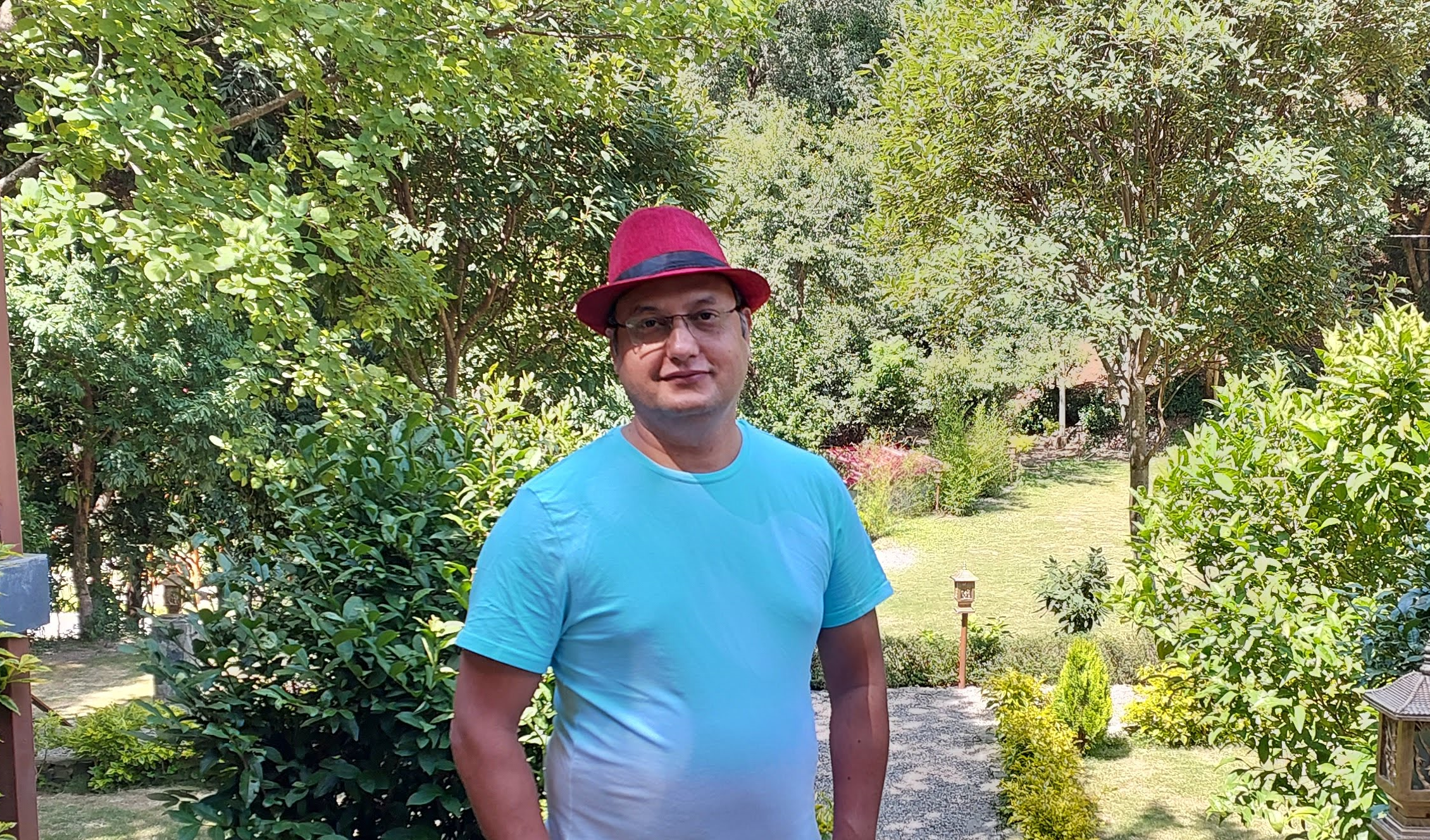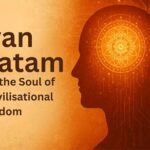
Brahman, a central concept in Hinduism, is the ultimate reality, the eternal, unchanging ground of all existence. Here’s a breakdown of its key aspects:
The Absolute Reality: Brahman is seen as the source and end of everything, both material and spiritual. It’s the root from which the entire universe unfolds. Imagine it as the infinite ocean from which all waves arise.
Transcendent and Immanent: Brahman is both beyond the universe (transcendent) and present within everything (immanent). It’s like the formless essence that permeates every form.
Difficult to Grasp: The Upanishads, core Hindu texts, acknowledge the limitations of language in describing Brahman. It’s not something you can fully perceive or understand through intellect alone.
Different Interpretations: Various schools of Hindu philosophy offer different interpretations of Brahman. Here are two main ones:
- Advaita Vedanta (Non-dualism): This school sees Brahman as the sole reality. The individual soul (Atman) is ultimately one with Brahman. The phenomenal world (Maya) is an illusion.
- Vishishtadvaita Vedanta (Qualified Non-dualism): This school views Brahman as a personal God (often identified with Vishnu) and the world as real, but inseparable from Brahman like a body and soul.
Realization as the Goal: Many Hindu traditions see the ultimate goal as achieving moksha (liberation) – realizing your oneness with Brahman. This can be attained through various paths like yoga, meditation, and devotion.
Analogy: Imagine a drop of water merging back into the ocean. That’s how some describe the soul (Atman) reuniting with Brahman.

In Advaita Vedanta, the concept of Brahman holds immense significance. Let’s delve into its essence:
- Brahman Defined:
- Brahman is the supreme, absolute, and eternal reality. It transcends the limitations of names, forms, and descriptions.
- It is formless, boundless, and immutable—beyond the reach of the five senses, the mind, and the illusory veil of māyā (illusion).
- Immanence and Transcendence:
- Immanent Aspect: Brahman is present within creation. It pervades everything—the substratum of all existence.
- Transcendent Aspect: Brahman is beyond creation, existing beyond the manifested universe.
- The Unchanging Truth:
- Amidst the ever-changing world, Brahman remains unchanging and eternal.
- It is the only stable and permanent reality.
- Atman and Brahman:
- In Advaita Vedanta, Atman (the individual self) is perceived as Brahman.
- There is no difference between the two—they are fundamentally one.
The video explains that Brahman is the Ultimate Reality, described as existence, consciousness, and bliss, and is the source of the universe. Atman, on the other hand, is the self or soul that appears as individual beings due to ignorance. The teaching suggests that realizing Brahman leads to the understanding that the world is an appearance of Brahman and that Atman and Brahman are essentially the same. This non-dualistic view posits that there is no real causality in the world; it’s an illusion appearing in consciousness.
[00:07:20] – [00:07:23] discuss the realization of Brahman, and
[00:07:34] – [00:07:50] mention the world as an appearance of Brahman.
In summary, Brahman is the ultimate force or energy in the universe, underlying everything. It defies conventional definitions and reveals the profound non-dualistic truth. 🌟🕉️
Further Exploration:
Swami Sarvapriyananda and texts “The Nectar of Supreme Knowledge”
🙏
To delve deeper, you can explore the Upanishads and different Vedanta schools. Remember, Brahman is a vast concept, and these are just some entry points.

अमित एक अनुभवी आईटी अन्वेषक और सत्य के खोजी हैं। उन्होंने लिखने का माध्यम इसलिए चुना है ताकि आम लोगों तक अपने अनुभव साझा कर सकें।



